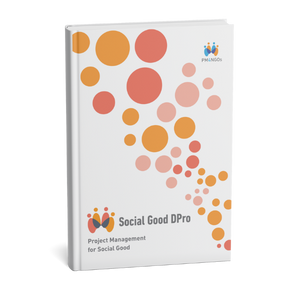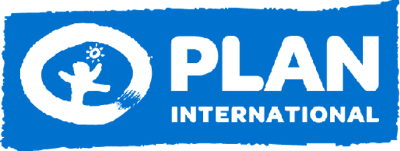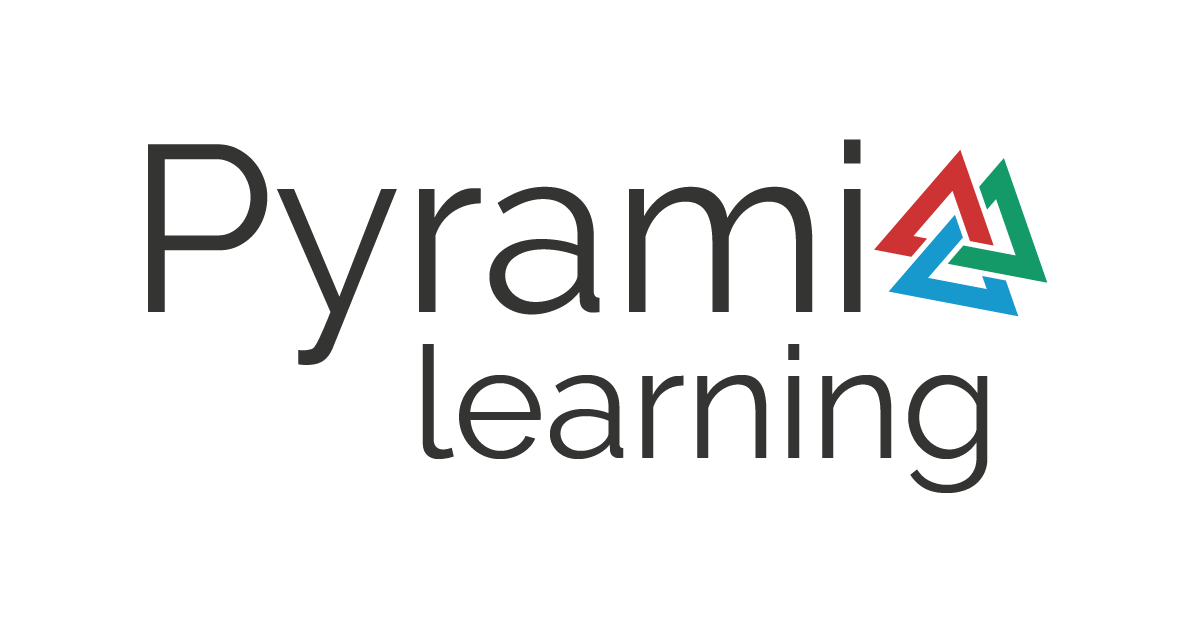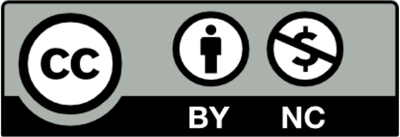The Project Model
Managing Projects
Social Good is built on the trusted foundation of Project DPro but tailored to meet the needs of those working in higher-income countries. It speaks to changemakers who might not call themselves “project managers,” but still lead projects every day to improve lives, protect rights, and strengthen communities.
With practical tools, inclusive examples, and accessible language, Social Good DPro makes project management more relevant than ever; for volunteers, campaigners, social innovators, and frontline service teams. We have extracted the critical processes from the full Social Good DPro Guide to provide you with a tried and tested model and toolkit that will enable you to improve and deliver great work.
An Approach that Works!
Whether you are starting out as a manager, or need a quick and easy refresher – Social Good DPro will help you set up your project in the best possible way. Don’t wait until you need to set up a new project. Just dive in, learn and start experiencing the Social Good DPro approach! It can add value no matter what stage of a project you are at!
Find out about the phases that you will need to work through during the lifecycle of your project. You will learn how to move through each phase until your project is completed. We introduce six disciplines that will alert you to some of the constraints and tensions that will arise during your project. And we outline five principles that should be at the center of your project management approach.
Phases
Social Good DPro provides a balanced and phased project model that covers the entire lifecycle of a project. You will learn how to work through each of the phases, making use of different tools in your toolkit, and also understand the benefits of repeating some of the phases as you plan and implement, in an iterative process that allows you adjust the scope of your program as necessary.
– Project identification and definition – this is where a project begins. An individual or team identifies a need or core problem to be addressed. In this phase, you explore causes, effects, options, and potential interventions. This involves asking questions such as: What causes the core problem? What are its effects? What value are we trying to deliver? Who will benefit? Which approach might work? The answers to these questions provide the strategic foundation for everything that follows.
Try these out: Objective Trees, Problem Trees, Risk Register
– Project set up – the purpose of this phase is to ensure that the project's foundations are in place, providing clarity for the project team and stakeholders regarding how the project will be managed. It is also during this phase that the project team ensures tools and processes are in place for an efficient planning phase.
Try these out: Project Charter, RACI diagram
– Project planning – during this phase, the project team develops a comprehensive and detailed plan for executing the project. This includes creating detailed work plans, schedules, and budgets. When planning, you determine the who, what, when, and how of a project’s activities.
Try these out: Logical Framework, Work Breakdown Structure, Network Diagram, RACI diagram, Budget,
– Project implementation – this is the phase where the proverbial “rubber hits the road.” Project implementation is “action time” – when you carry out the project activities according to the plan. During this phase, the Project Manager is responsible for leading the team, coordinating resources, monitoring progress, and managing the issues that inevitably arise.
Try these out: Gantt Chart, Issue Log
– Project Closure – by definition, projects are temporary – they must have an end. Project closure involves wrapping everything up neatly. In this final phase, the project completes all the remaining work, presents project deliverables, and concludes according to the parameters agreed upon during the project definition phase.
Try these out: After Action Review, Project Closure Checklist
Disciplines
Note: disciplines have been embedded into the phases on the Project DPro second edition.
To succeed as a Project Manager, it is important to develop the disciplines and systematic approaches needed to keep on top of activities. These include:
– Scope Management – A well-defined project scope shows what needs to be done (your deliverables) and how you intend to get there. Do this well and everyone will share a common understanding of the benefits and the work required to successfully deliver project outcomes and outputs. It also helps to put boundaries around project deliverables in order to avoid scope creep (a principle cause of project delays).
Try these out: Work Breakdown Structure, Logframe
– Time Management – It’s important to produce accurate schedules so that you can deliver your project on time. This includes identifying all of the activities that need to happen, looking at how these activities are sequenced (or dependent on other factors); estimating the type and quantity of resources needed to perform each activity, and how long each of these activities will take. Your Project Schedule (Gantt Chart) pulls all of this information together and should be monitored regularly to ensure that the overall project calendar remains on track.
Try these out: Network Diagram, Gantt Chart
– Project Resource Management – You will need to organize all of the resources needed for your project, creating a budget so that funds are allocated where they are needed and your people are assigned to deliver the right tasks. You will also need to liaise with your organization’s support services – finance, supply and logistics, human resources – to ensure a smooth flow of the goods and resources that you will require.
Try these out: Budget
– Risk Management – When you first started thinking about your project, you will have had discussions about potential risks. As the project evolves, some risks will be resolved and others will surface. You need to recognize these, document them, and make decisions made about whether to avoid, transfer, reduce or accept a potential risk to the project.
Try these out: Risk Register
– Project Justification Management – To initiate a project, you need to make a solid case for its value to number of stakeholders – your donors, the community benefiting from project interventions – and ensure that there is a good fit with your own organization’s goals. As your project is implemented there are likely to be times when you will need to provide updates for various stakeholders.
Try these out: Problem Tree, Objective Tree
– Stakeholder Engagement – Your project will impact a range of individuals, groups and organizations and it is important to communicate with them effectively. Their may be times when you need to manage their expectations, or keep them updated through engagement plans at different phases of your project.
Principles
Understanding the project’s phases is important; however, understanding the guiding principles that inform your approach to the project work is equally crucial. The graphic below adds one final component to the Social DPro Project Life Cycle diagram – the guiding principles of project management.
There are five key principles that project managers should follow when managing projects that promote social good: Governance and Control, Participatory, Comprehensive, Integrated, and Adaptive. Review principles (and phases with embedded disciplines' tools and concepts) in the Social Good DPro Guide.
Pulling it all together
A good grounding in the Social Good DPro model – with clear phases, tools, and overarching principles – will enable you to manage some of the tensions and constraints that will arise during your project. Experienced project managers often describe this as being aware of the Project Constraint Triangle – its three sides referring to 1) the scope or quality of work, 2) the cost and resources needed, and 3) timeframe within which the project needs to be delivered.
There may be occasions when one side of the triangle is set and cannot change (e.g. the timeframe for a project) but the other two sides (scope and budget) allow for some flexibility and negotiation. As you develop as a project manager, you will understand the relationships and trade-offs that exist between each of the constraints. The more you start to think in this way, the easier it will be to set parameters early on in a project (and the authority to make adjustments during).
Additional Resources

content originally Developed by:
Brought to you by:
In collaboration with:
Users are free to copy/redistribute and adapt/transform
for non-commercial purposes.
© 2025 All rights reserved.






 .
.